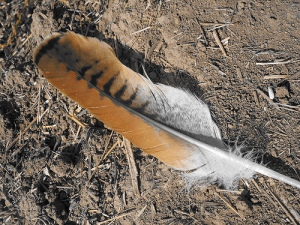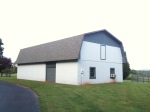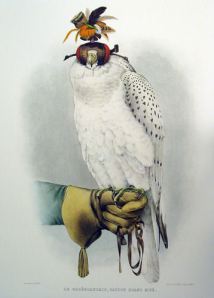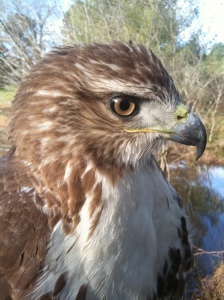“Whatsoever he be that undertaketh this profession I will wish him an able body, a quicke and most of all an earnest love and delight thereunto; to such a man a hawke will quickly teach knowledge, but of him that wanteth wit she will make a foole, and of a dull spirit a true pack-horse.” – Edmund Bert Treatise of Hawks and Hawking (1619)
The sport of falconry has intruiged and inspired men and women through the ages. The relationship between raptor and man is unlike any other in the animal kingdom, and the experience of watching the raptor in flight is always exhilarating and awe-inspiring. Their intelligence is humbling, and as an apprentice you need only make one mistake to see how quickly the tables are turned in the relationship.
Falconry enjoyed a resurgence of interest during the Renaissance (14th-16th century). Unlike our modern and more democratized times, the practice of falconry was subject to distinctive socio-economic guidelines. The basic rules as to who can have what type of bird are found in a poem in the Boke of St. Albans (for the entire text: http://www.archive.org/stream/bokeofsaintalban00bernuoft#page/n5/mode/2up), written in 1486, six years before Columbus “sailed the ocean blue”:
![old3[1]](https://hawkheaven.wordpress.com/wp-content/uploads/2010/02/old31.jpg?w=500) ‘An Eagle for an Emperor, a Gyrfalcon for a King:
‘An Eagle for an Emperor, a Gyrfalcon for a King:
a Peregrine for a Prince, & a Saker for a Knight,
a Merlin for a lady, a Goshawk for a Yeoman,
a Sparrowhawk for a Priest, & a Kestrel for a Knave.’
Nowadays, the choice of raptor relates more to geography and the availability of suitable hunting grounds than just about any other factor. Most apprentices in the United States begin with a Red-tailed Hawk, though some – I guess the ‘Knaves’ of our day – start with the smaller Kestrel.
Once called the ‘Sport of Kings,’ falconry is now much more accessible, especially in the United States. Falconers today share a rich heritage and a passion for hunting with birds of prey. If you haven’t had a chance to see a falconry demonstration, I encourage you to find a local falconry club and check their calendar of events!


















